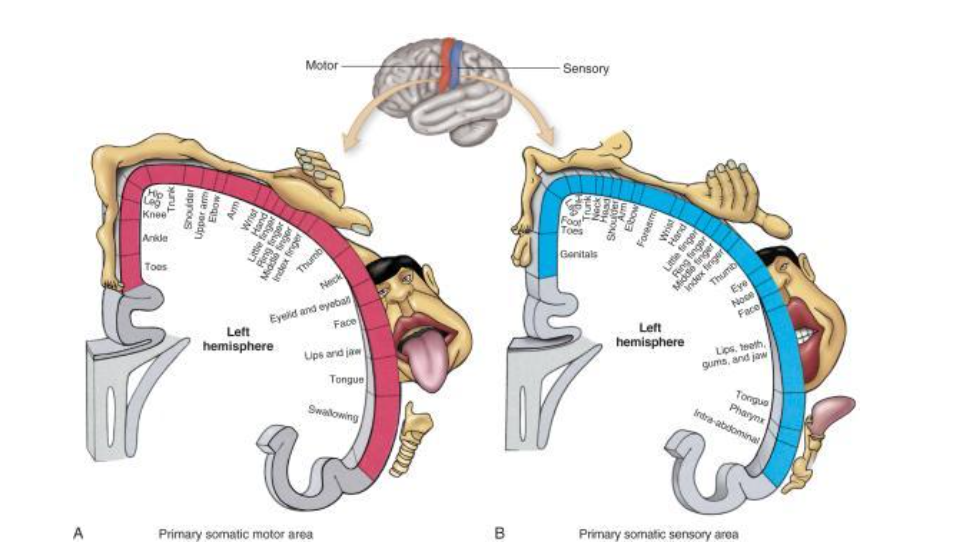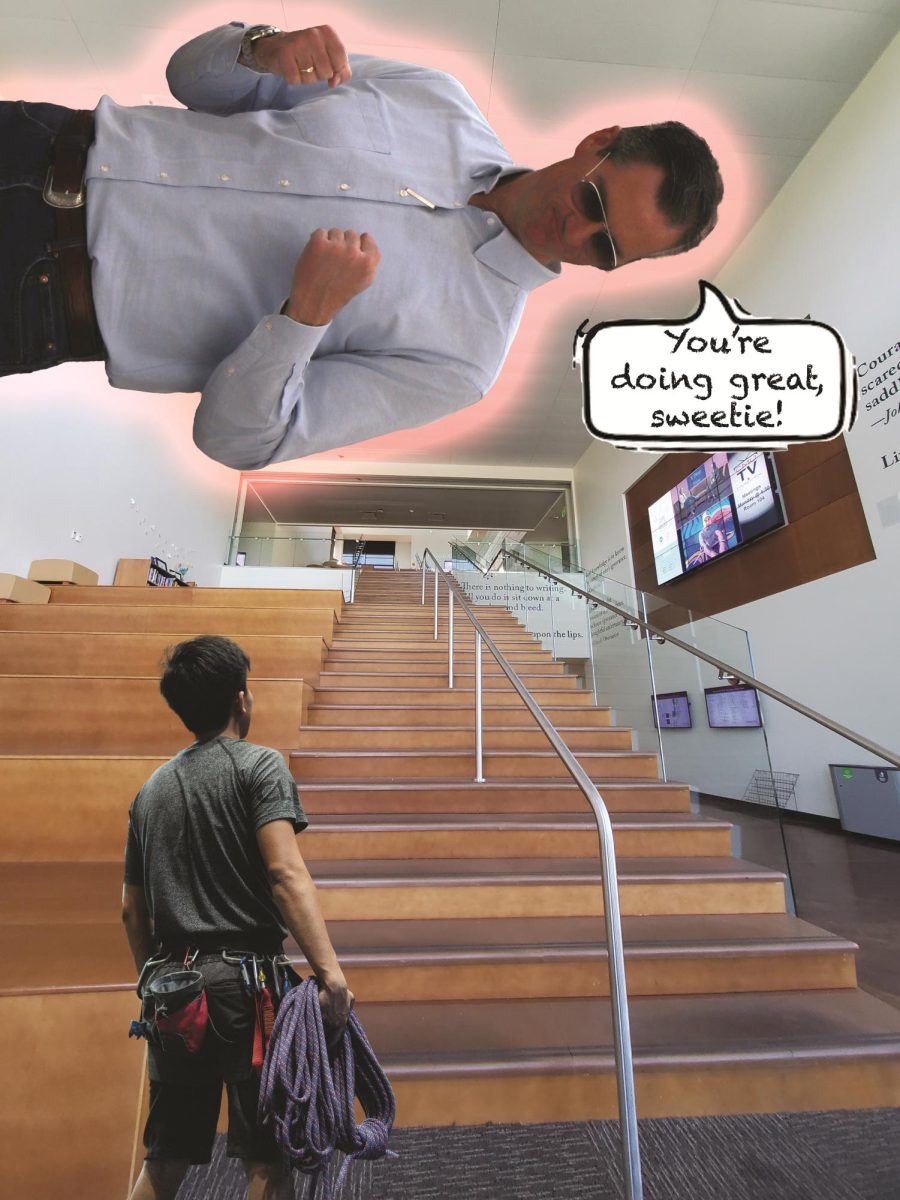Perhaps the most popular way of training hamstrings in the gym is performing hamstring curls. It makes sense. After all, it incorporates the pulling motion of the hamstrings. As such, it would be incorrect to state that hamstring curls are a waste of time or the wrong thing to do. However, a different exercise better engages hamstring muscles: straight leg deadlifts.
Hamstring curls engage a pulling muscle by contracting the hamstrings to pull weight and use the knee as the point of articulation. The pulley system does a fair job of increasing muscle strength, endurance or size depending on the reps and sets performed.

If fair results are all that is desired, then performing a fair exercise is perfectly fine. If outstanding results are desired, though, hamstring curls are not enough. For outstanding results, outstanding exercise is required. Straight leg deadlifts are such an awesome exercise.
It might seem odd to target a pulling muscle without visibly changing the length of the hamstring muscles. After all, gains require contraction, right? Well, that is where a good understanding of muscle contraction comes into play.
There are multiple methods of muscle contraction. Contracting muscles so as to shorten their length by pushing or pulling against a load is concentric contraction. Eccentric contraction involves the lowering or lengthening phase of resistance training.
But there is another method of contraction that comes into play to greatly affect hamstrings during straight leg deadlifts: isometric. Iso means same or constant and metric refers to length. Therefore, without noticeably moving the targeted muscle, contraction still takes place.
That is how straight leg deadlifts work. While the weight gets moved and resistance is applied, the targeted muscles stay in place and strain against the load. The result is engaging hamstrings more effectively than curls can dream of matching.
In addition to greater results, another benefit of straight leg deadlifts is the versatility of the exercise. While hamstring curls are generally done with machines, thus requiring specialized equipment, straight leg deadlifts are not as limited.
The exercise can be performed easily with barbells, dumbbells, kettlebells and even body weight. The deadlifts can be done with either one leg or two. They can be done on BOSU (both sides up) balls or flat on the ground.
Before getting into the technique of straight leg deadlifts, it is important to make a quick clarification regarding their name. Too often, I have witnessed the exercise being performed by people who take the “straight leg” aspect of the name too literally, their legs so straight that knees are locked as the weight is lowered and lifted. Locking knees is never a good idea when exercising. That creates an opening for serious injury and should be avoided.
To perform the exercise with a barbell, begin by standing with the bar balanced in an even grip and arms relaxed as much as possible, feet shoulder width apart and knees slightly bent.
Without changing the angle of legs at the knee, or rounding out the back, begin pushing hips back. This will cause the barbell to move straight down to the floor. If the barbell moves either forward or back, there is a breakdown somewhere in the form and this needs to be corrected before injury occurs.
Push hips back until maximum tension is felt in the hamstrings and further motion is impossible without bending knees or back. Still without bending knees, engage hamstrings to pull against the tension and return to start position.
To properly engage the hamstrings, mental focus can be a great help. Even though the feet and legs do not move, imagine running and using your hamstrings to propel yourself forward.
It takes a little practice to get used to the move, but once familiarity leads to proper form and increased loads, straight leg deadlifts challenge the hamstrings and encourage growth in strength that leaves hamstring curls relegated to a backup, supplemental exercise.
Help with form and variations of the exercise can be obtained by consulting the certified personal trainers at Hamilton Recreation Center that are ready and eager to help students, faculty and staff to achieve their fitness goals.












